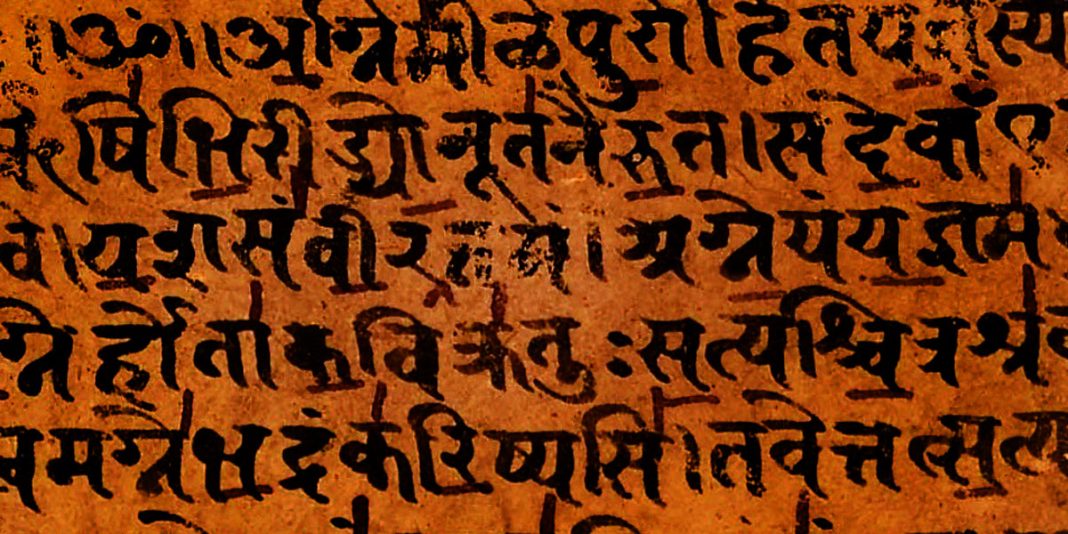One of the Niyamas, or observances, or virtuous behaviours of Patanjali’s Ashtanga Yoga (or Raja Yoga) is Swadhyaya which means self-study or study of the scriptures and sacred texts.
Self-study and study of the scriptures are essentially the same as all sacred study is about understanding the Self. Any important study is of the self.
Understanding who we are and what our purpose is, connoting introspection and self-reflection, meditation, and contemplation. Swadhyaya can also refer to the recitation of the Vedas or other sacred texts or mantras.
Sva means one’s own Self, the human soul and adhyaya means lesson, reading, inquiry or examination.
Any activity that cultivates self-reflective consciousness can be considered Swadhyaya or to intentionally find self-awareness in our activities and efforts. The Tattiriya Upanishad emphasizes importance of Swadhyaya in our pursuit of truth, inner peace and meaningful relationships with family, with others, and even with our environment. The practice of Swadhyaya can therefore relate to our reflection upon life and the world around us, and our actions arising from this reflection upon truth.
As part of self-reflection we may become aware that we are part of Nature. As much as we may reflect upon and draw inspiration from Nature, Nature is also noticing us and our actions. We tend to think about ourselves as observing, watching, and enjoying Nature, however another perspective is that Nature is patiently watching us. Nature can teach us to be non-reactive and to let go of any self-destructive tendencies. Nature is, in fact, us.
Patanjali Maharishi mentions five observances under Niyama. Niyama is the second accessory of Yoga. It is the practice of purity, contentment, mortification, study, and worship. According to Sandilya Rishi, Tapas, Santosha, Astikya, Dana, Isvara Pujana, Siddhanta Sravana, Hrih, Mati, Japa, and Vrata come under Niyama.
Siddhanta Sravana is the inquiry into the right significance of Vedanta. It is the study and reflection of the nature of Brahman and the right significance of ‘Tat Tvam Asi’ Mahavakya. Hrih is the feeling of shame one experiences when he does certain actions which are not in accordance with the injunctions of the Vedas and rules of society. Mati is the faith in the paths prescribed by the Vedas for the attainment of God-consciousness or Self Realisation. Japa is the repetition of the Mantra into which one is duly initiated by the Guru or spiritual guide and which is not contrary to the rules of the Vedas. Vrata is the regular observance of or refraining from the actions prescribed or prohibited by the Vedas. The practice of Krichara, Chandrayana Vratas come under this heading. Krichara Vrata is fasting for 12 days. The observer of the Vrata drinks only some water. Many sins are destroyed by the practice of this Vrata.
Through Swadhyaya, the study of scriptures, comes the communion with the tutelary deity. Swadhyaya is the study of scriptures such as the Gita, the Upanishads, the Ramayana, the Bhagavata, etc. The study should be done with concentration. You should understand what you have studied and try to put in your everyday life all that you have learned. There will be no benefit in your study, if you do not exert to live up to the teachings of the scriptures. Svadhyaya includes also Japa, the repetition of Mantras. By constant study and its practice in daily life will lead one to have communion with God.

